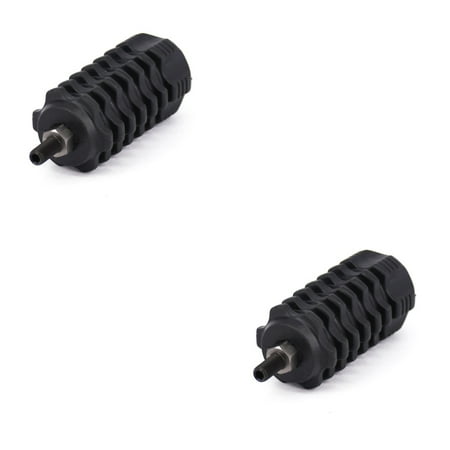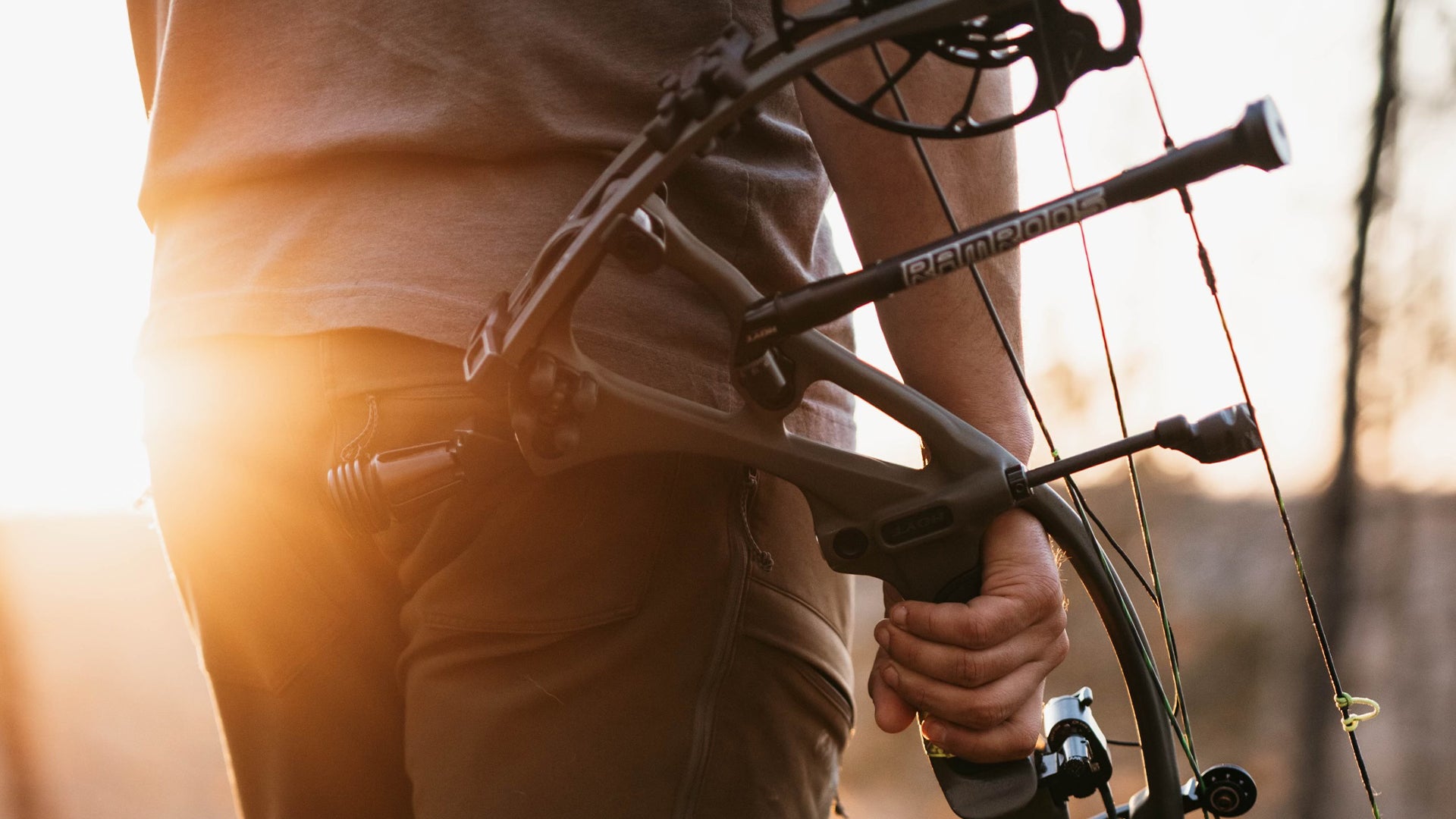Maximize Your Archery Accuracy With These Bow Stabilizer Techniques
In the world of archery, attaining optimum precision is a pursuit that demands precise interest to information and strategy. One crucial element that can substantially affect your efficiency is the correct application of bow stabilizers. These often-overlooked devices hold the potential to elevate your shooting proficiency to new heights, but only if employed correctly. By exploring the nuanced strategies of selecting, installing, and fine-tuning bow stabilizers, archers can unlock a realm of accuracy that could have formerly thwarted them. Whether you are an experienced archer seeking to fine-tune your skills or a newbie eager to enhance your accuracy, grasping these bow stabilizer methods could be the key to striking your mark with unparalleled uniformity.
Benefits of Using Bow Stabilizers
Utilizing bow stabilizers can dramatically improve an archer's precision and overall performance by decreasing bow torque and vibration. In addition, bow stabilizers dampen resonance, which not just improves the convenience of capturing but additionally prevents the bow from jumping upon launch, hence helping in keeping proper goal.
Furthermore, bow stabilizers can help in holding the bow constant, especially during gusty problems or when shooting from longer distances. The included weight at the front of the bow gives stability and balance, allowing the archer to concentrate on aiming without the interruption of bow activity. On the whole, the benefits of making use of bow stabilizers expand past simply accuracy, improving the archer's experience and efficiency in numerous shooting circumstances.
Picking the Right Bow Stabilizer
Selecting the ideal bow stabilizer is vital for optimizing your archery tools and improving shooting efficiency. Much heavier stabilizers can assist decrease bow torque and absorb even more resonance, leading to a steadier goal.

Lastly, think about the layout of the stabilizer. Some stabilizers come with flexible weights or dampeners that enable you to customize the balance and feeling of your bow. Inevitably, choosing the ideal bow stabilizer involves discovering an equilibrium in between weight, length, material, and layout to enhance your shooting precision and total performance.
Proper Setup Strategies
To make sure optimum efficiency and safety and security in archery, understanding correct installment strategies for your bow stabilizer is crucial. The initial action in mounting a bow stabilizer is to recognize the proper positioning on your bow.
Following, safely attach the stabilizer to the bow using the ideal placing hardware. Some stabilizers come with adjustable weights that can More hints be included or eliminated to fine-tune the balance of your bow.

Changing Stabilizer Weight and Size
After ensuring the proper installation of your bow stabilizer, the next step entails readjusting the weight and size to maximize its efficiency in improving archery precision. The weight of the stabilizer plays an important function in lessening bow motion during the shot cycle.
When it concerns stabilizer length, locating the appropriate equilibrium is crucial. A longer stabilizer can supply higher stability by increasing the range in between the bow and the weight at the end of the stabilizer. This added distance enhances the maintaining impact, particularly in windy conditions or when firing at longer distances. Conversely, a shorter stabilizer supplies a lot more maneuverability and may be favored by archers that value dexterity and quick movements throughout shooting.
Advanced Stabilizer Tuning Tips
Achieving ideal bow stability and accuracy in archery demands a nuanced strategy to sophisticated stabilizer adjusting. Advanced stabilizer tuning entails fine-tuning different components to improve the bow's balance, minimize vibration, and enhance overall precision. One key method is to experiment with various stabilizer configurations, consisting of side-bar and back-bar configurations, to find the suitable balance between security and maneuverability for your capturing design. bow stabilizer. Furthermore, readjusting the angle and positioning of the stabilizer can have a significant influence on why not check here how the bow reacts upon launch.
Another critical facet of advanced stabilizer adjusting is maximizing the damping homes of the stabilizer system. This can be attained by including additional moistening accessories such as rubber dampeners or harmonic stabilizers to additionally lower vibration and noise. Additionally, checking out various products for the stabilizer building and construction, such as carbon fiber or aluminum, can also influence the bow's performance by changing its weight distribution and tightness. By thoroughly adjust these sophisticated stabilizer aspects, archers can optimize their accuracy and consistency on the range or in competition.
Verdict
In conclusion, maximizing archery precision can be achieved with the proper choice, installation, and change of bow stabilizers. Overall, including bow stabilizers into archery method can next page lead to improved performance and raised accuracy.
Making use of bow stabilizers can considerably boost an archer's accuracy and general efficiency by reducing bow torque and resonance. Longer stabilizers provide higher security and balance, particularly for long-distance capturing, while shorter stabilizers provide even more versatility and are much easier to steer in tight areas (bow stabilizer). Carbon fiber stabilizers are light-weight and sturdy, while light weight aluminum stabilizers are robust and supply superb vibration moistening
A longer stabilizer can supply better stability by enhancing the distance in between the bow and the weight at the end of the stabilizer.An additional essential element of sophisticated stabilizer adjusting is enhancing the damping homes of the stabilizer system.